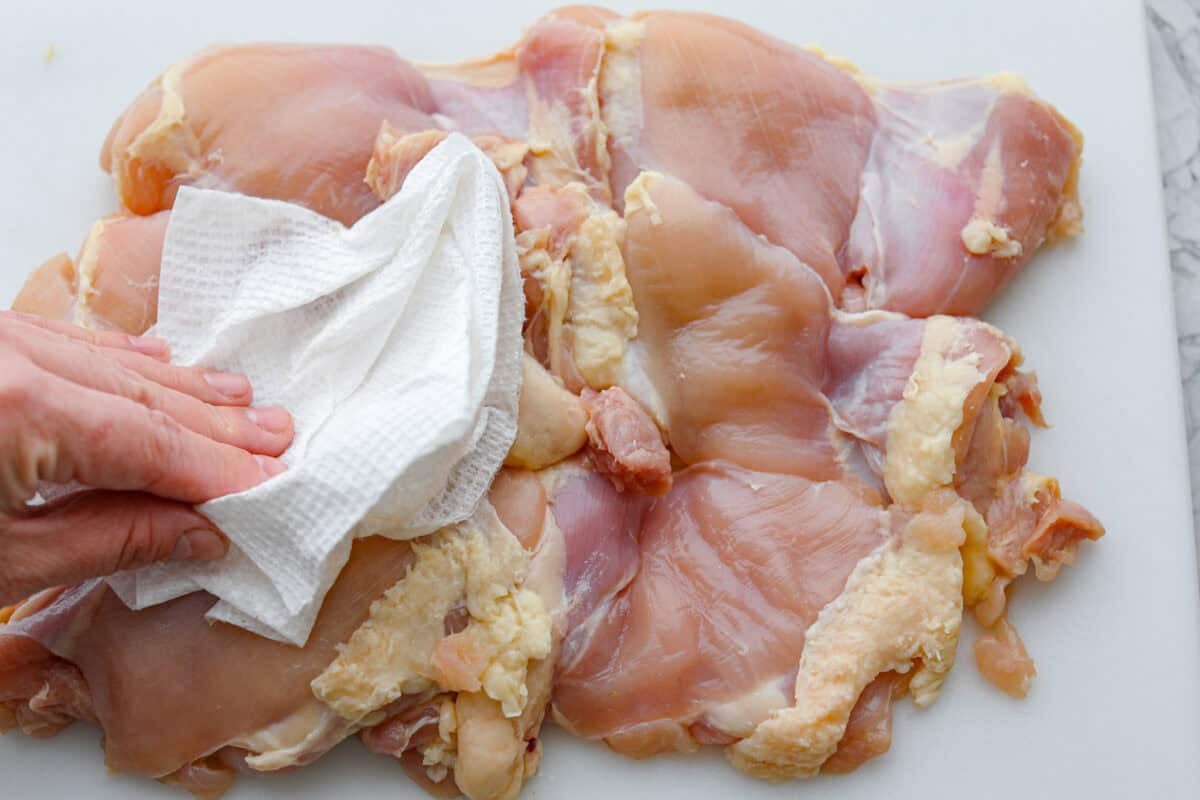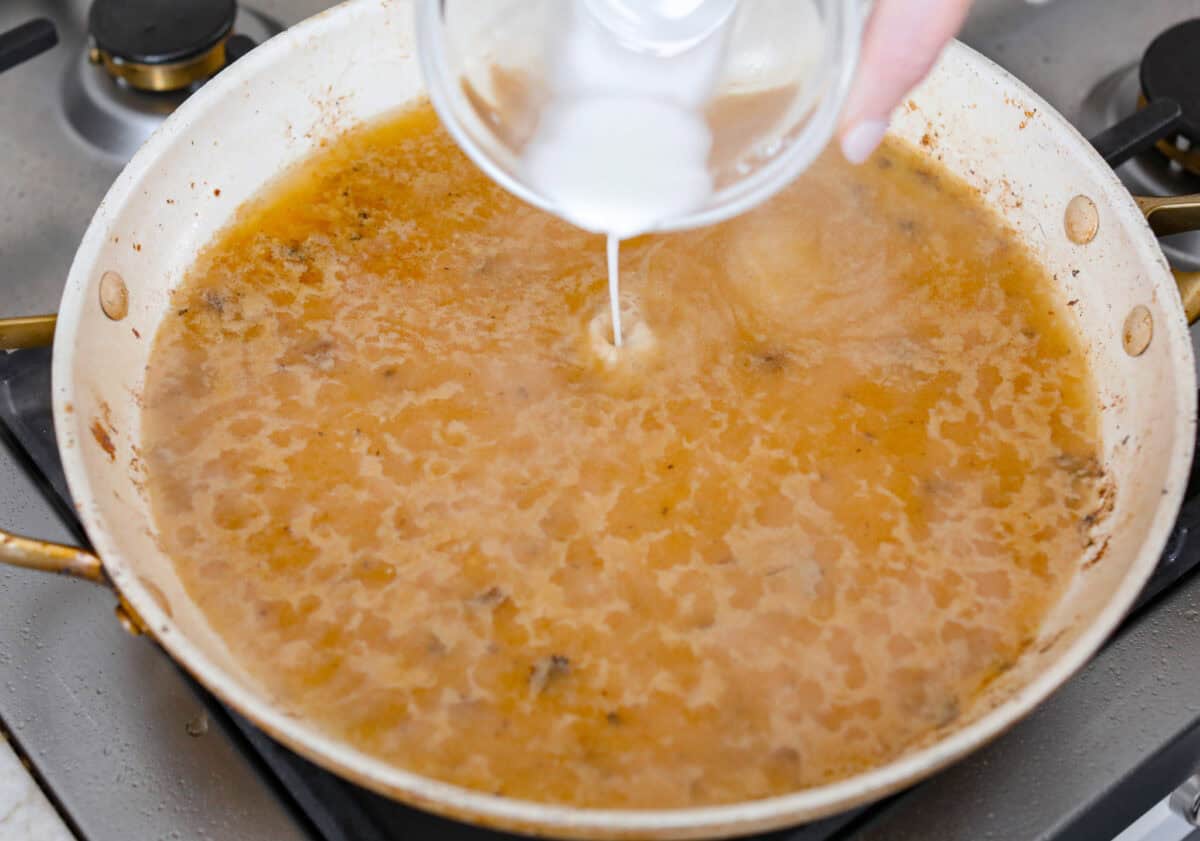FIFA, soccer’s global governing body, announced Thursday tickets for next year’s World Cup (co-hosted with Mexico and Canada) will be sold using dynamic pricing.
The controversial method, with prices fluctuating based on demand, means you’ll almost certainly pay more than $6,700 for a top-tier seat for the July 19 final at East Rutherford, NJ’s MetLife Stadium — around four times the cost at the last final, 2022 in Qatar.
That’s the initial selling price if you manage to snag one in the first early draw. And it isn’t even a hospitality package.
The last time the United States hosted the World Cup, in 1994, there was no such thing as dynamic pricing in sports — well, not unless you bought your ticket from a scalper.
If you could get a seat at the Brazil-Italy final in Los Angeles, you could have paid just $60 (about $130 in 2025).
But soccer, like every other major sport, is in the entertainment business, and it’s following the path trodden by major music artists like Bruce Springsteen, Beyoncé and Oasis, who’ve all sold tickets using the technique, much to their devotees’ consternation.
(Oasis’ Labor Day weekend shows at MetLife weren’t dynamically priced — after fan furor, the band dropped it for American dates.)
And guess what?
The concerts still sell out.
Besides, consumers are increasingly used to the concept.
Noticed the cost of booking a vacation when the kids aren’t in school?
Attempted to get an Uber in rush hour?
Yes, everyone’s at it — and FIFA is joining the club. But it should be careful what it wishes for.
When dynamic pricing was used at this summer’s Club World Cup, hosted across the United States, the number of empty seats on view at some games made for a distinct lack of atmosphere and excitement.
Fans could pick up a ticket for as little as $13 — a dollar cheaper than a beer inside the stadium — for the semifinal between England’s Chelsea and Brazil’s Fluminense at MetLife, as FIFA scrambled to boost the crowd. Three days before the match, the same ticket sold for $473.
Dynamic pricing, surge pricing, price gouging — call it what you like, but it still smacks of greed and little else.
But we shouldn’t be surprised FIFA, that grubbiest of governing bodies, is jumping on the bandwagon. It’s a specialist in not doing the right thing, and, as usual, money is driving its decision-making.
It knows that even if nobody can afford to attend the tournament, its coffers will continue to swell, thanks to broadcasting deals worth close to $4 billion and commercial partners and sponsors paying around $3 billion for the privilege of being associated with the world’s biggest sporting event.
The laughable thing: FIFA is, notionally, a nonprofit organization, but with its revenues in this four-year World Cup cycle expected to eclipse $13 billion and its boss Gianni Infantino enjoying a compensation package of around $5 million, it’s swimming in cash — and desperate for more.
When Infantino became president in 2016, it seemed like a much-needed changing of the guard after the controversies of his predecessor Sepp Blatter’s regime, when FIFA and its leadership stood accused of everything from fraud and money laundering to bribery and racketeering.
Not a decade later, though, Infantino is regularly seen fawning over shady world leaders, from Russia’s Vladimir Putin, who presented him with the Order of Friendship medal at the Kremlin in 2019, to Mohammed bin Salman, the Saudi crown prince implicated in the 2018 assassination of journalist Jamal Khashoggi.
He visited the Oval Office for a second time, in August, to celebrate his “great friendship” with President Trump, though, presenting him a giant ticket to the final.
FIFA is forever telling the world its raison d’être is to “grow the game.”
That supposedly is why it gave 2018 World Cup honors to Putin’s Russia and the 2022 tournament to Qatar, a tiny Middle Eastern state smaller than Connecticut that had no soccer infrastructure or great history of playing the game.
And it’s clearly nonsense.
You grow the game by making it affordable to watch, not taking it to countries with warmongering regimes and, in Saudi Arabia’s case, a human-rights record Amnesty International declared “atrocious.”
And not by employing dynamic pricing.
Besides, in soccer, perhaps the only truly global sport, it is the fans that make the game.
Think of them as unpaid extras, loyal and passionate, willing to go to the four corners of the planet to support their teams.
The least FIFA could do is reward that devotion by making the tickets as inexpensive as possible, not squeezing every last cent out of supporters.
After all, it can afford it.
Gavin Newsham won Best New Writer at the National Sporting Club Book Awards for his first book, “John Daly: Letting the Big Dog Eat.”
This story originally appeared on NYPost

























